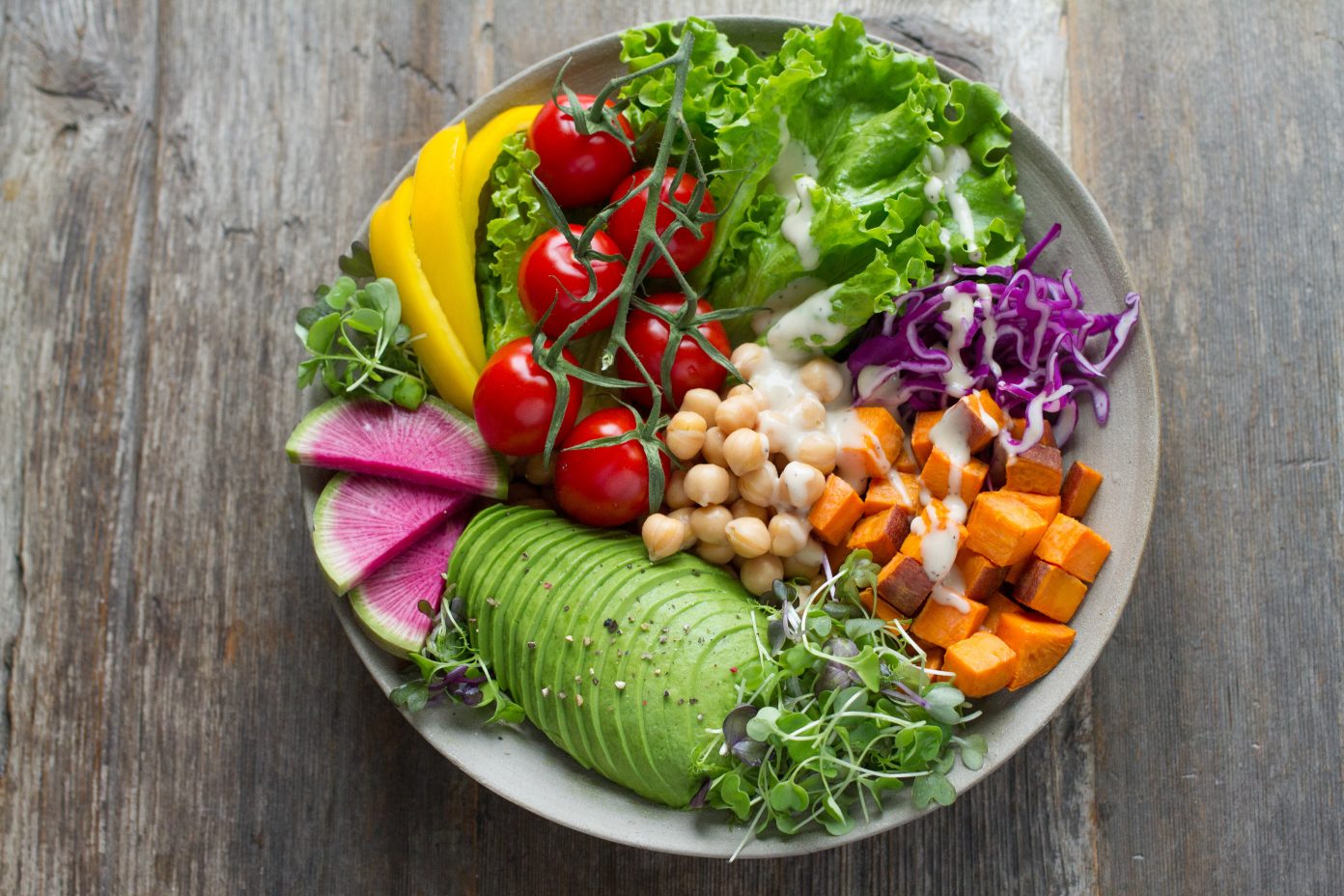Cholesterol generally gets a bad reputation, however, in reality, our bodies need it to function properly.
Cholesterol is used by our bodies to make different hormones, vitamin D and to support in digestion. Whilst our livers generate enough cholesterol to take on these tasks, we don’t only get our cholesterol from our liver, we also get cholesterol from the foods we eat such as meat, poultry, and dairy.
That is why, when we eat too much of these foods, our cholesterol levels can potentially become high enough that they are considered harmful.
There are two types of cholesterol, known as high-density lipoprotein (HDL) and low-density lipoprotein (LDL). Cholesterol moves in our bloodstream inside lipoproteins which are substances made of protein and fat.
HDL is referred to as “good cholesterol”, as it transports cholesterol to the liver so that it can then leave your body. As such, HDL helps the body to rid itself of excess cholesterol and is unlikely to end up inside the arteries and cause harm.
LDL on the other hand is known as “bad cholesterol” as it transports cholesterol to the arteries, where it can then collect in the walls. This can then trigger the development of atherosclerosis, which is the thickening or hardening of the arteries through the buildup of plaque. This, in turn, may increase your risk for the formation of blood clots in the arteries, which can lead to a stroke or heart attack.
The buildup of plaque can also reduce blood flow, which means the transportation of oxygen to major organs can be compromised. When organs or arteries are deprived of oxygen, this can cause kidney disease, heart disease, a stroke or peripheral arterial disease which, depending on severity, is the narrowing or total blockage of the vessels carrying blood from the heart to the legs.
What causes high cholesterol?
Lifestyle factors are the most obvious cause of high cholesterol. People who are obese and/or consume a diet high in red meat, full-fat dairy products, trans fats, saturated fats, and processed foods are generally at a higher risk. A large waist circumference, and a lack of regular exercise can also increase one’s risk.
A review published in the BMC journal in 2013 revealed that smokers typically have lower HDL levels than those who don’t smoke. Research also shows that those who quit smoking can witness an increase in HDL.
Even though it remains unclear if stress directly causes high cholesterol levels and how, unmanaged stress is often associated with behaviors that increase LDL levels such as overeating junk foods, inactivity, and increased smoking.
High LDL is sometimes inherited. This condition is called familial hypercholesterolemia (FH) and is caused by a genetic mutation that can impact the ability of a person’s liver to get rid of the excess LDL. This can lead to increased LDL levels and, in turn, an increased risk of heart attack or stroke even at a young age.
How to treat or prevent high cholesterol?
Doctors often recommend certain lifestyle changes to treat high cholesterol levels. These can include:
- Smoking cessation
- Exercise
- Reducing stress
- Eating a healthy diet
To help reduce total cholesterol whilst increasing HDL, the American Heart Association recommends a diet that includes a range of fruits and vegetables; whole grains; skinless poultry and lean meat; baked or grilled fatty fish such as salmon; unsalted seeds, legumes and nuts; and vegetable or olive oils.
If one has FH, these lifestyle changes may not be enough, and may require one or more medications such as statins or cholesterol absorption inhibitors. It is further important that one schedules regular checkups to work with their physician to manage it.
When it comes to prevention, eating a healthy diet is a crucial first step. Doctors recommend these easy swaps:
- Swap traditional pastas and rice with whole-wheat
- Replace high-fat salad dressings with olive oil and lemon juice
- Bake meat and poultry instead of frying them
- Consume low-fat dairy such as milk or yogurt, instead of full fat
- Swap sodas and fruit juices with sparkling water or water flavored with fruit slices
- Eat more whole-grain cereals instead of sugar-laden ones
- Aim to eat 2 servings of fish a week.
Follow Doha News on Twitter, Instagram, Facebook and Youtube







